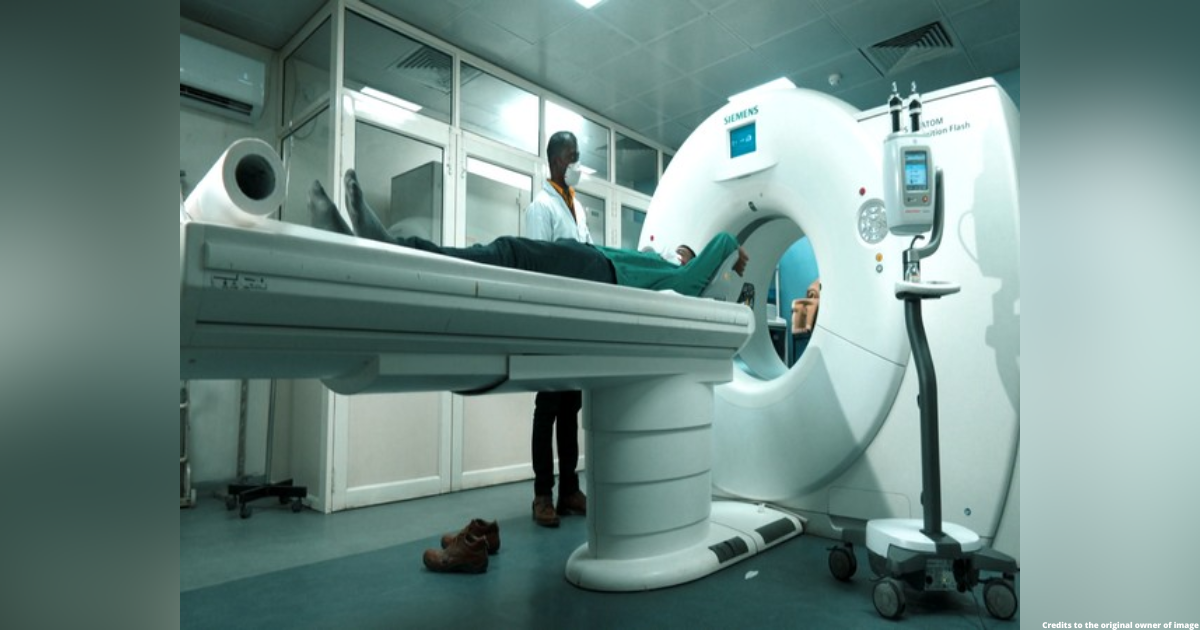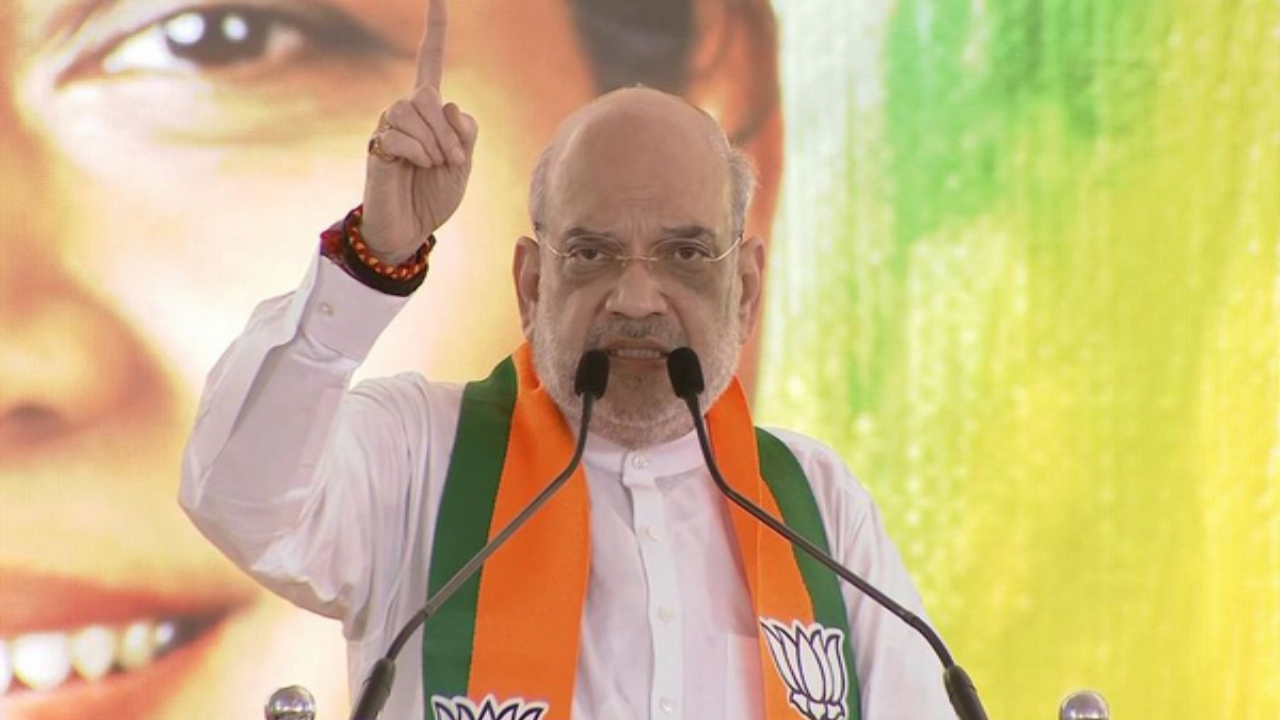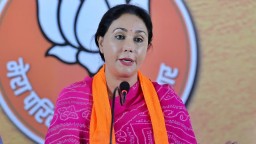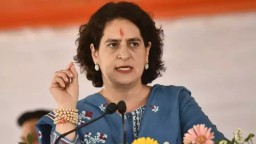Latest News
Accessible healthcare to all - an Indian infrastructure vision

Bilaspur: The proverb "Health is wealth" has become a reality in the post-pandemic world. The grim realities that India faced during Covid's second wave in 2021 were a wake-up call to many in the power corridors of India.
A resolve was taken that India would never again face such shortages and work began on a war footing to get the country's health back on track. Let's join in India's remarkable ongoing development in the healthcare sector. The Covid pandemic confirmed the long-standing rule of governance that a prosperous country is one with a healthy population.
India, already implementing changes to make the nation healthier, has doubled down on its efforts to create a robust healthcare infrastructure after the pandemic took a massive toll on its population. The states and federal government have been working hand in hand to improve healthcare in the country and give individuals living in even the most remote areas of the nation access to all levels of healthcare.
As part of the initiatives undertaken to improve healthcare at all levels in the country, Prime Minister Narendra Modi recently inaugurated the All India Institute of Medical Science (AIIMS) Bilaspur - a premier-level medical institute-cum-hospital equipped with ultra-modern facilities in the country's northern Himachal Pradesh.
AIIMS Bilaspur cost approximately USD 170 million to build. The hospital is equipped with 18 speciality and 17 super speciality departments, 18 modular operating rooms, 750 beds and 64 ICU beds, which will greatly increase the quality of medical care in the area. Prime Minister Narendra Modi said that AIIMS Bilaspur will increase access to affordable healthcare in Himachal and be known as 'Green AIIMS' because of its eco-friendly infrastructure.
Under the Pradhan Mantri Swasthya Suraksha Yojana scheme, many new All India Institutes of Medical Sciences are being built. So far, the establishment of 23 new AIIMS has been approved under the scheme. Of the 23, the seven AIIMS in Bhopal, Bhubaneswar, Jodhpur, Patna, Raipur, Rishikesh and Bilaspur are fully operational.
According to PIB, OPD facility and MBBS classes have started in another 7 AIIMS, while MBBS classes have started in another five more institutes.
The dynamics of the Indian healthcare industry are significantly changing as a result of the development of healthcare systems in the most isolated regions of the nation.
India endeavours to improve all aspects of its healthcare system, from Primary Healthcare Centers to hospitals providing tertiary treatment.
The country allocated 11.28 billion USD to the Ministry of Health and Family Welfare for the current fiscal year. It is also planning to introduce a credit incentive programme worth 6.8 billion USD to boost the country's healthcare infrastructure. India has all the necessary requirements for this industry to flourish exponentially, including a sizable population, a strong pharmacy, and well-developed medical supply networks.
Telemedicine and remote healthcare will also bridge the gap in health access between urban and rural India.
For example, The National Health Mission is a program wherein the government aims to provide universal access to equitable, affordable & quality healthcare services that are accountable and responsive to people's needs.
"The creation of National Health Mission and policies, and the involvement of both the public and the private sector have benefitted the public of India", says, Dr NAROTTAM PURI, advisor in FICCI - Health services. India's consistent efforts to provide its citizens with quality healthcare have already begun to pay off.
Infant mortality in the country of India fell from 66 to a little over 27 per 1,000 live births from 2000 to 2022. And Life expectancy at birth increased from 63 to over 70 years in the same period.
India is one of the developing countries with the highest healthcare expenditures and this trend is anticipated to accelerate in years to come.
In the past two years, Indian healthcare has shifted its attention to innovation and technology, and 80 per cent of healthcare institutions intend to boost their investment in digital solutions.
The Indian healthcare system is on course to rank among the top in the world, further enhancing Brand India's reputation as a global leader. (ANI)







.jpg)
.jpg)
.jpg)
.png)
.jpg)
.jpg)
.jpg)



.jpg)


.jpg)
